

KENNESAW, Ga. | Apr 10, 2024
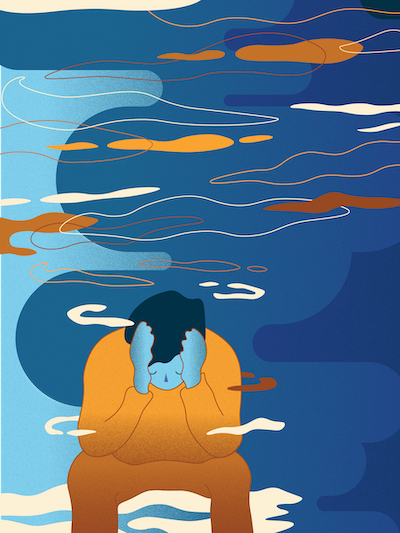
On his own for the first time and with endless hours of practice trying to keep up with his peers, Winograd soon found himself suffering overwhelming stress and pressure to do well at one of the nation’s top music schools.
Soon, feelings of isolation and fear of failure left Winograd feeling he could no longer function or take care of himself. He tried drugs and alcohol to cope. But stress, anxiety and depression continued to push him closer to the edge. So, Winograd began planning to take his own life.
“The weight of all of that drove me to this dark place so quickly,” he said. “I felt like no one could help me, and I had nothing.”
Winograd’s story illustrates a familiar and troubling trend on college campuses across the country.
By nearly every metric, the mental health of college students is worsening. And while today’s students are more likely than previous generations to reach out for help, more than half say they haven’t. Meanwhile, surveys by college health organizations show some of the highest rates of anxiety, depression and suicidal thoughts ever recorded.
College students face unique challenges
Over the past 20 years, national data shows an alarming increase in mental health concerns among adolescents and young adults, including suicide rates that have climbed 30 percent.
In the latest Healthy Minds Survey, an annual web-based study of mental health and related issues among undergraduate and graduate students, survey responses from 76,000 students across 135 campuses during the 2022-23 academic year revealed some of the highest rates of mental health concerns in the survey’s history. The survey found that nearly two-thirds of college students meet the criteria for at least one mental health problem, up almost 40 percent since 2013.
Forty-one percent of respondents showed symptoms of moderate or major depression, 36 percent reported a possible anxiety disorder, and 14 percent said they had considered suicide in the past year. The previous year’s survey found equally concerning results.
Similarly, in a spring 2023 American College Health Association survey of more than 78,000 students at 125 institutions, 1 in 5 respondents (21.2%) reported severe psychological distress.
KSU-specific data from ACHA surveys in 2022, the latest available, show 23.3 percent of the 2,632 respondents reported psychological distress. Nearly a third reported having a diagnosed anxiety disorder, 26 percent said they had depression, and 32 percent reported behaviors or thoughts that increased their risk of suicide.
Psychiatrist Ryan S. Patel, ACHA board member and chair of the association’s Mental Health Section, has spent the past decade researching collegiate mental health and treating students at Ohio State University’s Office of Student Life, Counseling and Consultation Service. He also authored a holistic guide for college students who struggle with common mental health issues, “Mental health for college students.”
Patel said no two students’ mental health concerns, combination of contributing factors or situations are identical, but the current generation of college students share some historical experiences that can help to explain worsening national trends.
He said college students today were children during the Great Recession and have come to understand the importance of high-demand careers that can give a sense of security. Couple that with the ever-rising academic rigor and financial burden of higher education, as well as a lack of developed life skills compared with previous generations, and you’ve got a recipe for mental health disaster.
“It kind of sets you up mentally to think, ‘Am I not good enough?’” Patel said. “There’s this pressure to perform and a desire for perfectionism among this group that can be damaging to their self-image.”
Meeting students where they are

Instead of ending his life, Winograd was admitted to a hospital and received the help he needed. Now he is a Master of Social Work and Master of Business Administration student at KSU whose ambition is to improve the lives of those struggling with their own mental health.
“I want to show people that there are resources right here at KSU that are here to help and that can be accessed with ease,” he said. “And I want to help KSU continue to improve on its existing resources and trainings.”
Programs, training and events educating students, skill-building workshops, support groups focused on high-risk needs or underrepresented groups and a resource awareness campaign are driving KSU’s efforts to respond to the growing mental health needs of students.
In his undergraduate experience, KSU senior Anthony Harrison said he and many of his peers can relate to the national trends.
Like Winograd, Harrison, a sociology major, moved far from his family and friends in New York City to attend KSU. Harrison said expectations of him were already high as a member of the University’s track and field team, but he’s also the first in his family to graduate from high school and the first to go to college.
“Even though everyone tells me how proud they are of me, I wish they could relate to my experience and offer me some guidance. On top of that, there’s the pressure of being an athlete and pressures from college life in general, and they just multiply,” he said. “There are times that, in my mind, I could be feeling like I’m failing, but all I hear from the people around me is how much I’m doing for myself and how far I’m going. But it can seem to me that I’m never where I need to be.”
The stress of screen time
This constant drive to “do better” and “be perfect” is common among college-aged people and exacerbated by another factor unique to them, Patel said: social media.
Young adults are the first generation to have grown up with a smartphone in their hands and social media feeding a constant stream of opportunities for comparison and conflict, Patel said. And the rapid shift of life online during Covid meant students were suddenly spending more time on their screens than ever before.
Students’ lifestyles went from balancing personal interactions – walking around campus, seeing friends in classes and socializing at events – with streaming or social media use to unwind at the end of the day. When Covid hit, students interacted and attended classes online and still wanted to unwind the same way as before, adding hours to the consumption of overwhelming amounts of information from all over the world at once, Patel said. Also important to note, he said, is that technology and social media are not inherently bad, but many users lack healthy use skills.
“The mental breaks are not as restorative, because you’re engaging that same part of your brain,” he said. “That can affect stress levels, because what you’re used to doing as a mental break is not effective. It’s no longer a break.”
Harrison agreed. It can be exhausting to carry the weight of academics, athletics and social life and then spend hours staring at a screen barraging you with traumatizing and divisive content or unrealistic and often misleading snapshots of others’ success.
“There’s a quote that’s really special to me: ‘Comparison is the thief of joy,’” Harrison said. “So much of social media is creating these stereotypes, appearances and boxes that people are constantly trying to fit into, and if somebody can’t fit into them, they’re left feeling like they don’t belong or they don’t live up to some standard.”
And it appears Harrison’s KSU peers tend to relate with his experience. In the 2022 ACHA survey, 63 percent of KSU students who reported that they worried about their personal appearance also said it caused moderate or severe distress, and the overwhelming majority of KSU students who reported having academic challenges said those challenges were causing them moderate or severe distress. Likewise, nearly half of the students who reported experiencing general anxiety indicated that it negatively affected their ability to perform academically.
In KSU Counseling and Psychological Services data collected in the 2022-23 academic year, student participants showed higher than national average rates of depression, general anxiety, social anxiety and overall distress.
But those metrics are not all bad news, said Patel. As mental health concerns have risen, so too have resources available to help and students’ willingness to use them. National data from 2023 shows about 40 percent of college students have used a campus mental health resource, compared to about 20 percent historically, Patel said. And despite KSU’s higher-than-average rates of distress markers, KSU CPS leaders say students are improving with help at the same rates as their peers across the country.
As Student Government Association vice president and a member of the Student Athlete Advisory Council, Harrison has enlisted Winograd’s help to look for ways to expand KSU mental health resources and meet students where they are. Meanwhile Wellbeing@KSU, the department tasked with campus mental health programs, has launched new programs and campaigns aimed at leading the charge when it comes to creating a “campus of care.”
At KSU, ‘You Matter’
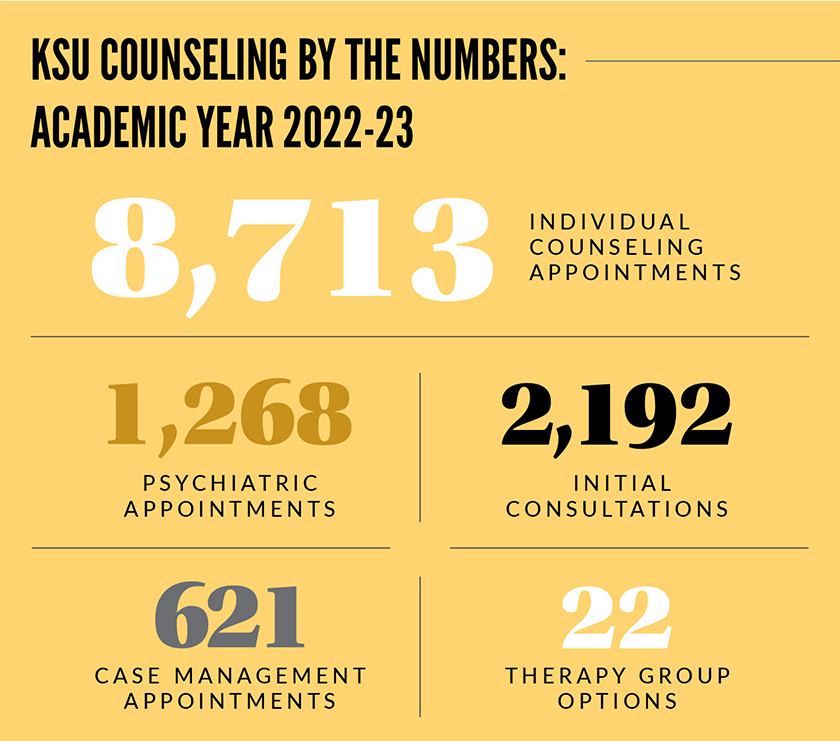
Most recently, KSU launched its “You Matter” suicide prevention and mental health program, aiming to teach the KSU campus communities to recognize when students may be struggling and to direct them to Wellbeing@KSU resources, led by CPS and Health Promotion and Wellness, for assistance.
The CPS program includes events and permanent signs in high-traffic areas on both KSU campuses, encouraging discussion of stressors and pressures of daily life, teaching students to recognize the signs of suicidal thoughts and depression among their peers and directing students to resources that can help.
White said the goal is to make You Matter events relatable to students. Discussions and games encourage peer interaction and capitalize on social media or popular culture trends that students are familiar with.
“We want students to know that they can connect with people without feeling like a burden,” White said. “We are interested in engaging the entire KSU community in becoming a campus of care and making sure students know there are people all over campus – faculty, staff and peers – who want to support them and that they don’t have to be afraid or ashamed to reach out.”
White said her department offers targeted support groups for students who could be more at-risk or who may be experiencing issues, like grief or loss.
“A large part of what keeps students in school and mentally healthy is finding a sense of belonging, so KSU’s ability to get students connected with a group where members help each other through common struggles is very important,” White said.
The support groups offered by CPS and HPW include Neurodivergent and Friends, Body Positivity, Grief, LGBT Support, Black Women Support, Latinx Support, and Anxiety Toolbox and help to build identity and a sense of belonging while the workshops provided focus on daily living and social skills, coping mechanisms, problem solving and crisis intervention. These University mental health initiatives also work closely with other Wellbeing@KSU departments, like Campus Awareness, Resource & Empowerment (CARE) Services for food and housing insecurity, or the Center for Young Adult Addiction and Recovery (CYAAR), Sports and Recreation and Student Health Services.
In January 2024, CPS also launched its peer counselor program, in which students are trained to recognize the signs of suicide risk and to direct students to the help they need. The goal of the program is to provide peer to peer support with common challenges like stress, loneliness and life transitions.
Additionally, mental health trainings offered both digitally and in-person to students, faculty and staff include Kognito At-Risk Mental Health Training, Question Persuade Refer Suicide Prevention Training and Mental Health First Aid.
White said the offerings by HPW strive to educate faculty and staff on how they can help make students aware of campus resources; for example, by placing information about those resources in syllabi or signs at unrelated events.
“We want to get everyone possible involved in creating environments that put mental health first,” White said.
‘It takes all of us’
The wide array of awareness campaigns, self-help resources, social events and life skill workshops is key to ensuring that students have access to the best resources possible to support their mental health needs, said Patel. But, he added, equally as important is the endeavor to involve as many stakeholders as possible in creating a mentally healthy student body.
“Everybody can do something to positively affect mental health in the campus environment – faculty, staff, administration, college health professionals, alumni, parents and students themselves,” Patel said. “When we start thinking like that, the whole culture changes, and it becomes a culture of care and support and community. That is the future that we want to look toward, and it takes all of us.”
Looking back on his own college experience, Winograd said he wished he’d been more aware of the resources that were available to him. While he can’t change the past, he knows that raising awareness for KSU’s support services will mean fewer students feel alone.
“We’re all working hard to assess student barriers to care, how we can break down those barriers and how we can get the word about these resources to more students,” he said. “We want to encompass all 45,000 students in the care that our programs and services provide.”
Since seeking counseling through campus resources and realizing that his mental health must be a priority to get the most out of other areas of his life, Harrison said he’s become a spokesperson in his KSU circles.
“Taking time to take care of yourself helps a lot and goes a long way. Your mental and physical health go hand in hand, so pay attention to those times you don’t feel right,” Harrison said. “Find ways to make sure you’re nourished. The resources are all around us here, and there are plenty of people who care.”
This article is also published in the current issue of Summit Magazine.
- Thomas Hartwell
Illustration and graphics by Evan Alley
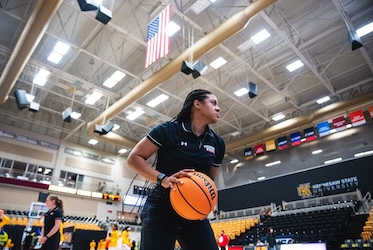
Former SGA president thrives in player development role for Georgia State women's hoops

Lawyers learning ethics lessons from AI mishaps, Kennesaw State speaker says
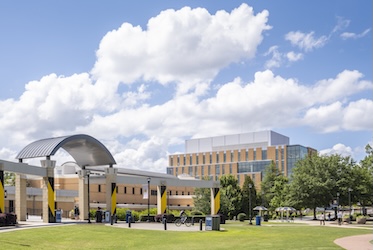
Kennesaw State awarded Governor's Office of Highway Safety grant for 19th consecutive year
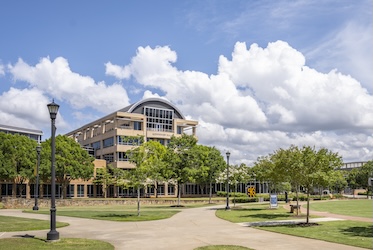
Kennesaw State designated a Military Spouse Friendly School by Viqtory
A leader in innovative teaching and learning, Kennesaw State University offers undergraduate, graduate, and doctoral degrees to its more than 51,000 students. Kennesaw State is a member of the University System of Georgia with 11 academic colleges. The university's vibrant campus culture, diverse population, strong global ties, and entrepreneurial spirit draw students from throughout the country and the world. Kennesaw State is a Carnegie-designated doctoral research institution (R2), placing it among an elite group of only 8 percent of U.S. colleges and universities with an R1 or R2 status. For more information, visit kennesaw.edu.